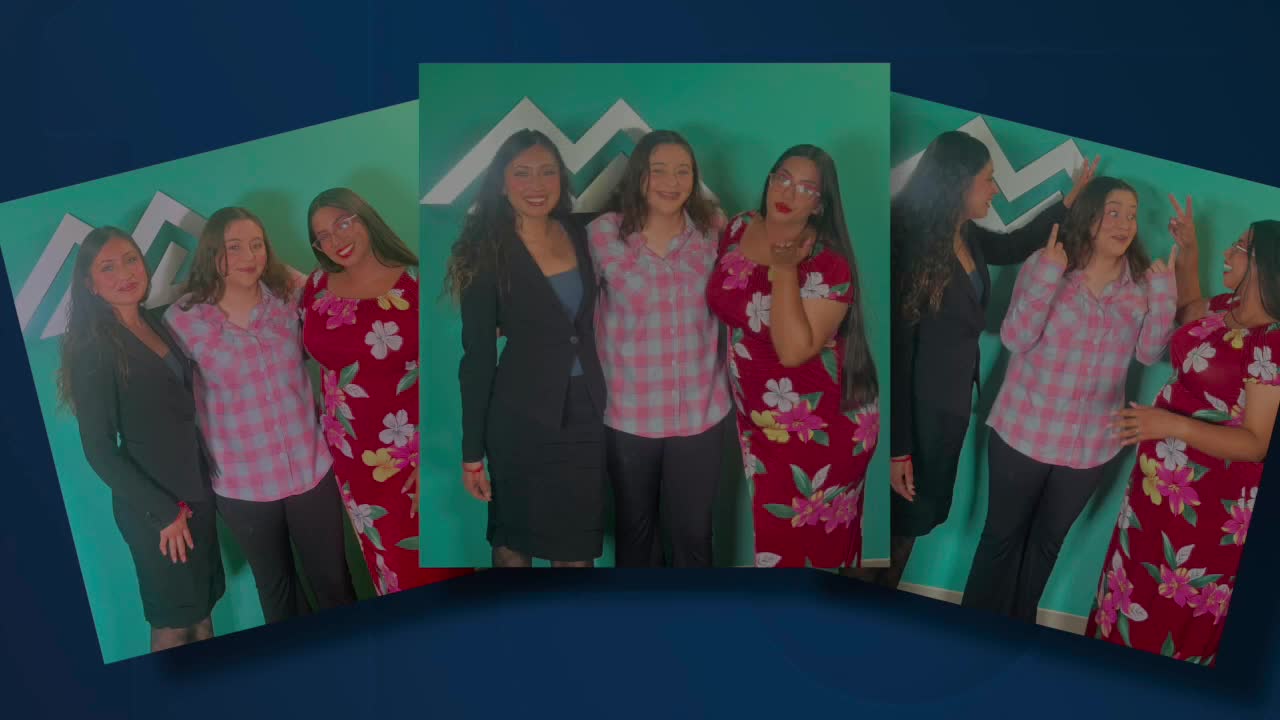PHOENIX — When you think of someone experiencing homelessness, you probably don’t picture an honors student on the robotics and basketball teams.
But that was reality for Jacqueline, Sienna, and Cindy — three young women in Maricopa County who were homeless at one or multiple points during their teenage years.
However, now they are each playing an integral role in helping change the systems they feel once overlooked them.
“Nobody would believe me.”
At 14, Sienna Valdez remembers acing her honors classes and playing basketball— all while hiding the fact that she didn’t know where she’d sleep each night.
“I was living in survival mode the whole time,” she said. “I had carried clothes, nothing on my back. I had a bag."
Her mother was struggling with addiction. She felt guilty for leaving her family life was unraveling. But at school, no one asked questions.
“I had remembered this one counselor at the high school that she, like, literally didn't believe me, maybe it was because I was so good at school, because I didn't show it visibly,” she said. “I just really felt like nobody would believe me.”
For Jacqueline Loza, the mask at school was not only deliberate, but part of her plan to get herself out of homelessness.
“I tried to be as well-educated as possible, hoping that might help me leave the situation,” she said. “Only my siblings and maybe my best friend knew…I don’t remember anyone ever asking.”
Watch the extended interviews in the video player below:
“We need accurate data, and right now, we don’t have it.”
Many teens experiencing homelessness want to hide the struggles they are facing at home, which makes it difficult for government officials to know the extent of the problem.
“They're on friends' couches. They're in recreation centers around the Valley. They just do not hang out on the streets like we see with adults,” said Sara Corinn Cruz, youth services planner for the Maricopa Association of Governments (MAG).
This creates an issue because one of the most cited ways for understanding the scope of homelessness is the Point-in-Time (PIT) homelessness count, a one-night snapshot of who’s unhoused done through the Department of Housing and Urban Development.
According to the most recent PIT count, there are a total of 2,921 homeless people ages 0-24 in Arizona.
However, the problem gets murkier because another prominent data point on the issue comes from the Department of Education, which looks at a different metric: unhoused students enrolled in grades K-12.
According to the AZ Department of Education, there are 26,840 students statewide experiencing homelessness: nearly 10 times higher than the PIT count.
“If we want more resources for youth, we need accurate data. And right now, we don’t have it,” Cruz said.
“Meeting youth where they are.”
To address this lack of data, MAG applied for and won a research grant to launch a more accurate, youth-specific count across the state and improve the continuum of care in the state.
Unlike the single-night PIT count, this initiative will take place over several days and use multiple strategies to reach all youth populations.
“We’re counting through surveys, through outreach, and through ‘come and be counted’ locations,” Cruz said. “We’re meeting youth where they are.”
Just as importantly, they’re involving people who’ve lived it because they know how intimidating it can be to talk to a government official.
“I would want to impact that process in a positive way for anyone that feels the way that I did,” Jacqueline said.
As the team continues planning this statewide undertaking, their dream is to make sure every child who needs help and resources will have a place to go and know how to get there.






